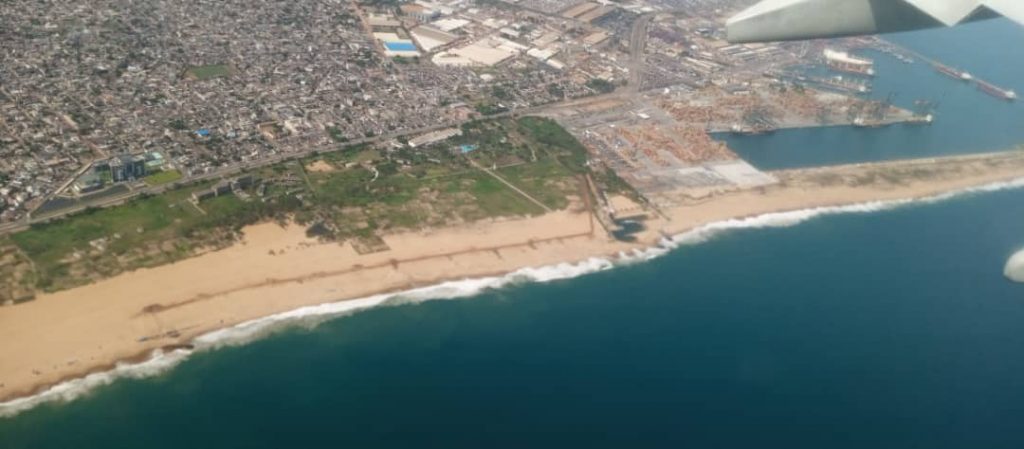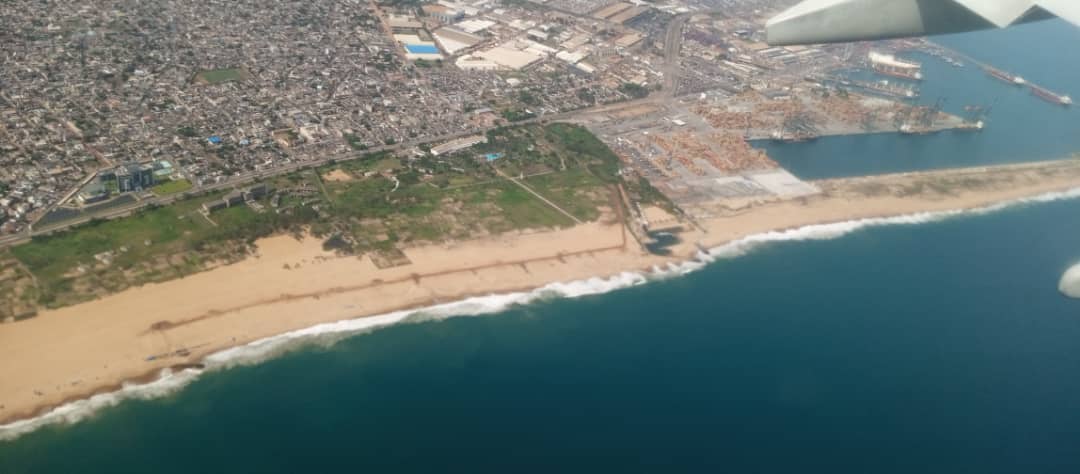Will the High Seas Treaty soon reshape global operations ?
Will the High Seas Treaty, known as the BBNJ Agreement, soon reshape global operations ? The deal has secured yesterday the 60 state ratifications needed for its entry into force. It will become legally binding on Jan. 17, 2026.

The treaty’s core mission is to protect marine life. It establishes new marine protected areas (MPAs). It also mandates stricter environmental impact assessments (EIAs). These rules will fundamentally change risk and operational plans for global firms. Shipping, fishing, and deep-sea mining companies face new challenges.
The Global-National Law Collision
But not all nations are on board. The U.S. and Canada have not yet ratified the treaty. This creates a critical regulatory gap. The legal collision is not theoretical. The Metals Company (TMC), a Canadian firm, is already seeking permits under a U.S. domestic law, the Deep Seabed Hard Mineral Resources Act of 1980. This move effectively positions the firm to operate outside the BBNJ treaty’s jurisdiction This law is the Deep Seabed Hard Mineral Resources Act of 1980.This strategy is clear. TMC is attempting to use U.S. law to bypass the new global treaty. For investors, this creates a high-stakes conflict.
Navigating the Global Commons
The situation presents a classic risk-reward dilemma. This approach indeed carries a significant risk. The move exposes the firm to intense reputational damage and global backlash. Major corporations like BMW and Volvo have already shown the potential for commercial consequences, pledging to avoid sourcing deep-sea minerals until their environmental impact is better understood.
The treaty’s effectiveness hinges on global enforcement. This signals a new era of legal uncertainty for companies in ocean-based ventures. It underscores the importance of a firm’s environmental, social, and governance (ESG) practices, which are now key to assessing long-term value.
The Path to Full Adoption
Getting to 60 ratifications is just the start. The treaty’s true strength lies in universal participation. The first Conference of the Parties (CoP) will likely convene in late 2026. Governments will then start building the institutions needed for the treaty’s long-term effectiveness. This process includes developing the first High Seas MPA proposals. The message is clear. The global commons are no longer unregulated. Rules are changing, and companies that fail to adapt might face significant legal and financial risks.
By Houmi Ahamed
Share this content:









